We are living in water-stressed times; there are water-haves and a rising tide of water have-nots.
 Photo Courtesy : Deccan Chronicle
Photo Courtesy : Deccan Chronicle
In his 2015 sci-fi thriller, The Water Knife, set in Phoenix, Arizona, sometimein the near, dystopian future, novelist Paolo aacigalupi talks about placesthat are catastrophically water-starved, where suburbs have morphed intoghost towns and where people are fleeing drought. A riveting character in the book called Angel is a “water knife”, tasked to infiltrate and sabotage the water supplies of competing states.
I read excerpts of the book. It is racy, graphic, and terrifying, and not in the realm of the implausible anymore. We are living in water-stressed times; there are water-haves and a rising tide of water have-nots. A friend who lives in Gurgaon recently tweeted that in upscale condominiums in his city, there is free, unmetered, unlimited water for residents and one can actually leave a tap running and go off for a week with no charge and minimal consequences.
Meanwhile, the residents of Chennai, India’s sixth largest city, are livingthrough horrific times, though it rained a little earlier this week. Chennai has basically almost run out of water. The city is almost entirely dependent on the northeast monsoon, which starts in October. Last year, it received very little rainfall. Even thousands of kilometers away from Chennai, it is hard to insulate oneself against its troubles. All the four reservoirs that supply Chennai its water are running dry this summer because of scant rainfall in 2018.
Chennai’s water crisis is front-page news; friends’ Facebook posts describe in grim detail what is it is like to go without enough water day after day. There are images and video clips of long queues of people around water tankers in searing heat; there have been reports of scuffles over water. Many of Chennai’s hotels are rationing water for guests, and some private companies have reportedly asked their staff to work from home.
This week, the state government has announced that a train will bring water to Chennai from Jolarpettai in Vellore district, more than 200 km, away at a huge cost. The Opposition DMK leadership is against the idea. In short, more troubles lie ahead.
Chennai makes the headlines because it is a metropolitan city. But it is by no means the only place suffering acute water stress. Nearly half the country is grappling with drought-like conditions, and this has been particularly bad this year in western and southern India because of the below-average rainfall.
The question that interests me most about Chennai is how did it get to this sorry state? Tamil Nadu was perhaps the first state in India to make rainwater harvesting (RWH) mandatory for all buildings in 2003. Chennai has more than eight lakh RWH structures. So why are so many people in that city facing such an acute water shortage?
There hangs a tale which explains just about every mess that you see in nurban India. A building with a rainwater harvesting system on paper does not mean it actually works. A bit like the existence of a toilet does not mean it is used.
It will not work if it is not maintained properly. Friends in Chennai tell me there is huge apathy among a lot of people towards maintaining these structures. The water crisis had never been this acute. Many of the rainwater harvesting structures in Chennai are also inefficient.
If Chennai and so many other cities are facing a water crisis today, one bigreason is that neither policymakers nor many people living in these places truly realise the horrors of running out of water. If it starts raining anytime soon, people will forget their recent sufferings. That’s why the inefficiencies in the water sector remain, and rainwater storage and reuse and treatment of greywater are not given the importance that they deserve.
Here is one scandalous statistic about water losses. Lack of proper maintenance of infrastructure causes losses of almost 40 per cent of piped water in urban India.

Photo Courtesy : Quizlet
Chennai is currently in the news, but the big picture regarding water in India is grim. The Niti Aayog, the government’s think tank, acknowledges that nearly 600 million people in the country face high-to extreme water stress. There is a deepening national groundwater crisis, with 54 per cent of wells declining in level due to unsustainable withdrawals for irrigation.
The Narendra Modi government’s new Jal Shakti (water) ministry has announced a grand plan to provide piped water connections to every household in India by 2024. But the key question remains — what will happen if there is no water to give?
What will it take to realise that time is running out and we have to also wake up to simple ideas about conserving water. India captures only eight per cent of its annual rainfall. This is among the lowest in the world. Our ancestors used to capture far more. But those traditional methods have been neglected to the point where most are in ruins. We also don’t use our wastewater well.
There is much talk about security. It is time to realise that water is a security issue. Millions of Indians are not water-secure. Fights are breaking out over water. In Madhya Pradesh, the state government has reportedly asked the police in all its 52 districts to guard water sources. An existential threat hovers over many prosperous pockets of India. A drought is a huge part of the problem. The situation is getting steadily worse with unregulated extraction of groundwater, which is depleting underground aquifers. Take Bengaluru. Whoever has money drills a borewell to tap groundwater in the newer suburban areas where tech companies are clustered in the city.
A few years ago, I remember meeting a young hip technocrat who told me that “l fear the day when I will have soap all over my face and there is not a drop of water coming out of the tap”.
But I also saw a fascinating initiative called the Participatory Aquifer Mapping Project, which sought to involve Bengaluru’s residents in sharing information about borewells in their communities so that the city’s policymakers could learn what was happening underground and begin to craft a suitable response.
Today, in this country, demand for water vastly outstrips supply; the situation can deteriorate sharply unless we realise that this is an emergency and we must treat water as a precious resource and everyone must work towards conserving it.
The future could well resemble dystopian fiction.
NeeRain is proud to republish this blog to spread awareness about the situation of water, for our stakeholders. Credit whatsoever goes to the Author.
This blog is published by:
Deccan Chronicle
We would like to spread this for the benefit of fellow Indians.
Author : Patralekha Chatterjee
Published On: 28, June, 2019



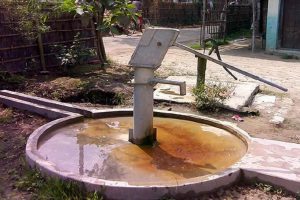 In Dhamdaha village of Purnia district of Bihar, yellowness is visible near the hand pump due to excess of iron. Whereas this hand pump has been installed by the government to provide iron free water. Photo: Pushya Mitra
In Dhamdaha village of Purnia district of Bihar, yellowness is visible near the hand pump due to excess of iron. Whereas this hand pump has been installed by the government to provide iron free water. Photo: Pushya Mitra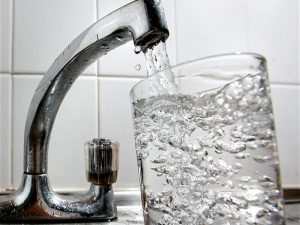 The bench had gone into the details of the PIL and took note of the grave situation of water scarcity stated in the PIL in context to the urban areas of Pune district. The Bombay high court had taken note of the above information and had directed that a special committee be constituted separately for PMC and PCMC. And such committees shall attend to the complaints of the residents regarding water scarcity. The PMRDA was also directed to address the water problems faced by the residents coming under their jurisdiction.
The bench had gone into the details of the PIL and took note of the grave situation of water scarcity stated in the PIL in context to the urban areas of Pune district. The Bombay high court had taken note of the above information and had directed that a special committee be constituted separately for PMC and PCMC. And such committees shall attend to the complaints of the residents regarding water scarcity. The PMRDA was also directed to address the water problems faced by the residents coming under their jurisdiction.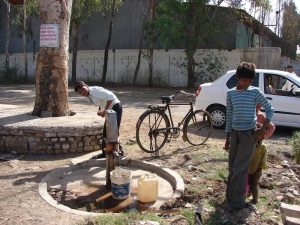 Photo: Ankur Paliwal
Photo: Ankur Paliwal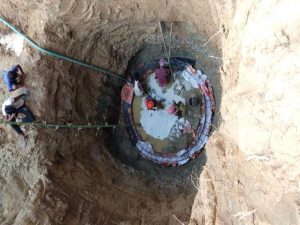 Villagers digging wells in Kedia village of Jamui district of Bihar. Photo: Pushyamitra
Villagers digging wells in Kedia village of Jamui district of Bihar. Photo: Pushyamitra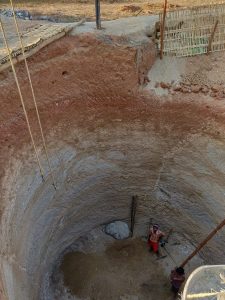 Photo courtesy: villagesquare.in
Photo courtesy: villagesquare.in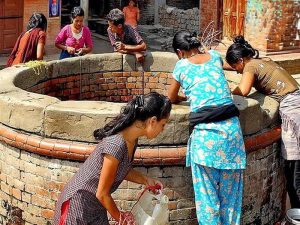 Photo courtesy: down to earth
Photo courtesy: down to earth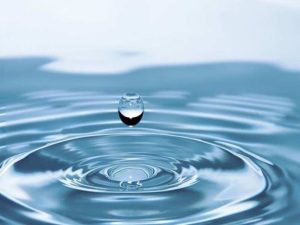 Photo courtesy: pinterest
Photo courtesy: pinterest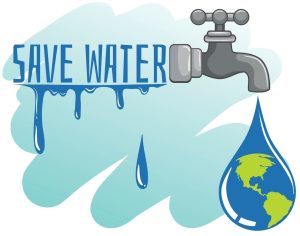 Photo courtesy: wordpress.com
Photo courtesy: wordpress.com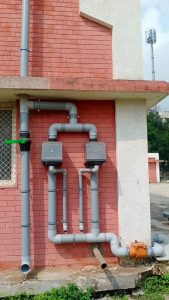 Photo courtesy:Neerain
Photo courtesy:Neerain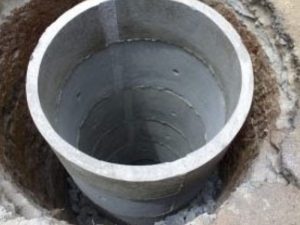 Photo courtesy:Istock
Photo courtesy:Istock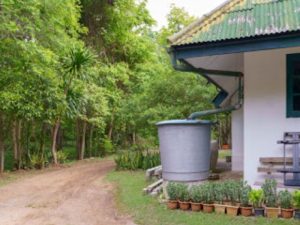
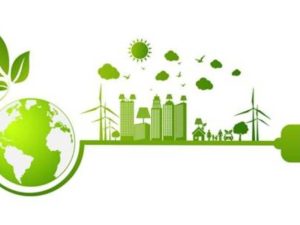 Photo courtesy: Santhosh Kumar
Photo courtesy: Santhosh Kumar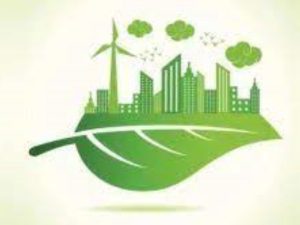 Photo courtesy:Shuttterstocks
Photo courtesy:Shuttterstocks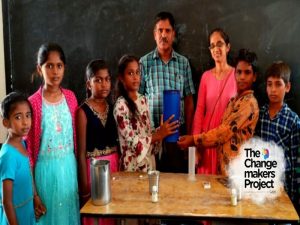 With the onset of the monsoon season, Government Model Higher Primary School in Kora village in Tumakuru has been capturing every drop of rain that fell from the sky. All photos by arrangement.
With the onset of the monsoon season, Government Model Higher Primary School in Kora village in Tumakuru has been capturing every drop of rain that fell from the sky. All photos by arrangement.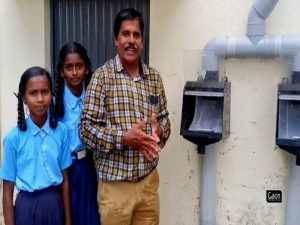 Rao has been raising awareness about various environmental issues, including water conservation, here, he is explaining his students about the rainwater harvesting system.
Rao has been raising awareness about various environmental issues, including water conservation, here, he is explaining his students about the rainwater harvesting system.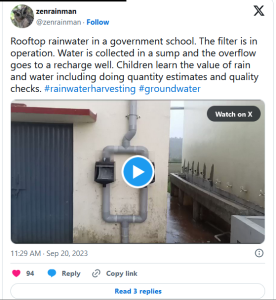 Explaining how the rainwater harvesting system at the school works, Shivananda R S, a team leader at Biome, said: “We calculate sump [storage tank] capacity based on the rooftop area available for harvesting. The first one millimetre of rainwater which washes the terrace is let out through the first rain separator controlled by a valve.”
Explaining how the rainwater harvesting system at the school works, Shivananda R S, a team leader at Biome, said: “We calculate sump [storage tank] capacity based on the rooftop area available for harvesting. The first one millimetre of rainwater which washes the terrace is let out through the first rain separator controlled by a valve.”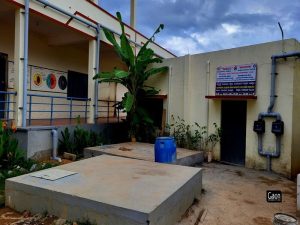 According to Shivananda, the school harvests 560 kilo litres (KL) of water out of which 280 KL is stored and reused, and 280 KL is recharged annually.
According to Shivananda, the school harvests 560 kilo litres (KL) of water out of which 280 KL is stored and reused, and 280 KL is recharged annually.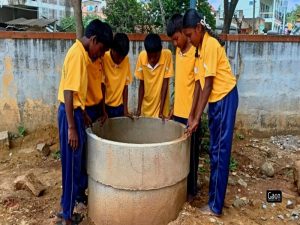 “When the plant was being set up, we were told about rainwater harvesting and how it had huge advantages. Rao Sir told us how it was important to conserve water and not squander it so that we could avoid a water crisis in the future,” Sandhya Rani, a 13-year-old student of class 7 told Gaon Connection.
“When the plant was being set up, we were told about rainwater harvesting and how it had huge advantages. Rao Sir told us how it was important to conserve water and not squander it so that we could avoid a water crisis in the future,” Sandhya Rani, a 13-year-old student of class 7 told Gaon Connection.